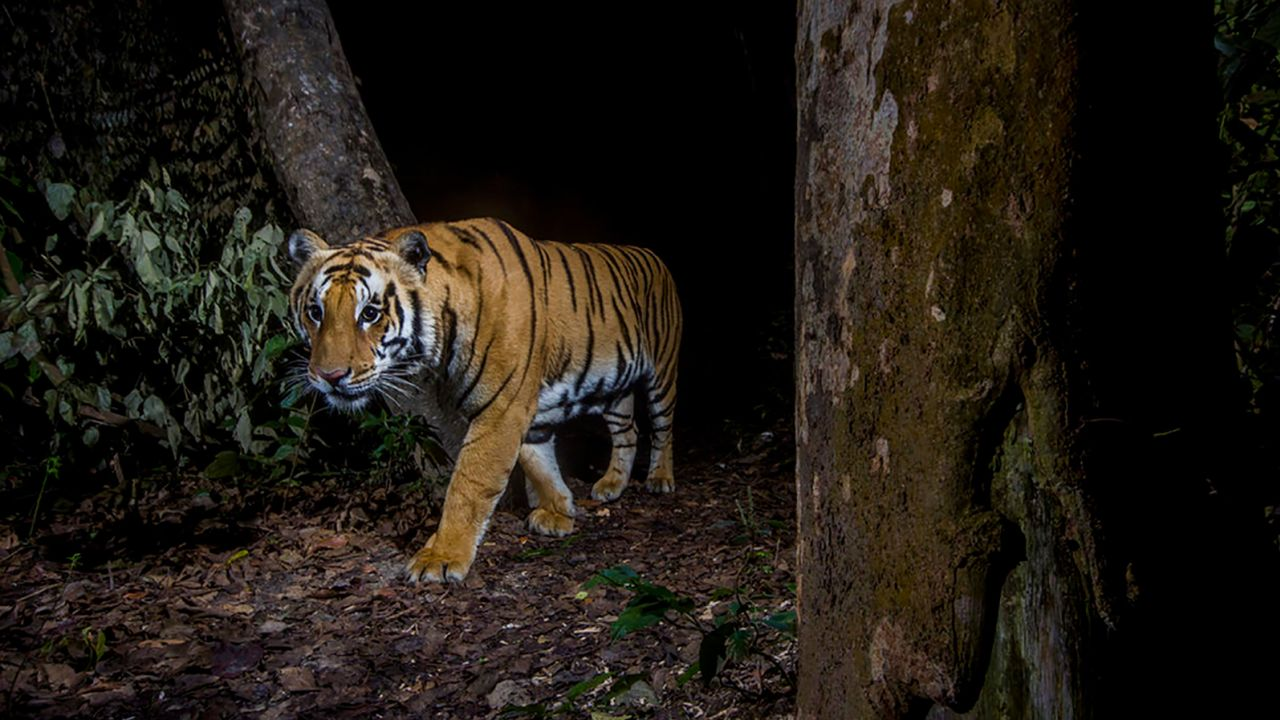
Despite countless threats to tigers, Nepal’s conservation efforts have seen the country’s tiger population increase by 190 per cent since 2009.
Tigers are faced with many threats. Their population has declined from 100,000 a century ago to just 3,500 today. But despite many challenges, Nepal’s wild tigers have successfully returned from the edge of extinction with a 190 per cent population increase since 2009. According to Nepal’s National Tiger and Prey Survey 2022, there are now 355 wild tigers in the country, compared to 121 in 2010. This amounts to a 190 per cent increase, meaning that the country nearly tripled its tiger population.
Ginette Hemley, senior vice president for wildlife conservation at the World Wildlife Fund, said, “Tigers in Nepal and everywhere else that they live in Asia, about 10 countries, were on a steady decline because of two key reasons. The most immediate reason was illegal hunting for the illegal animal trade. The second reason was loss of habitat.”
To achieve this recovery in tiger numbers, Nepal took strong official action to stop illegal hunting. Another factor in the country’s success was the restoration of corridors to facilitate the safe passage of tigers in protected areas. Hemley said, “Nepal really does stand out as a leader in conservation, especially for tigers... There is support for conservation of tigers at the highest level of government. That has translated into really effective habitat conservation, strengthening the protection of tigers in national parks, the wildlife reserves.”
It’s important to note that the increase in wild tigers has come with an increase in deaths of people living near forest lands. Hopefully we will continue to see a recovery in tiger populations, as well as measures taken to protect local communities.
本时文内容由奇速英语国际教育研究院原创编写,未经书面授权,禁止复制和任何商业用途,版权所有,侵权必究!(作者投稿及时文阅读定制请联系微信:18980471698)1.What can we know about tigers?
A World tiger population has increased by 190 percent since 2009.
B The world population was much lower a century ago.
C Nepal’s wild tigers are no longer endangered.
D Nepal has doubled its tiger population in ten years.
解析:选C。C推理判断题。根据第二段的“Nepal’s wild tigers have successfully returned from the edge of extinction”可知,尼泊尔的野生动物现已经成功从灭绝的边缘回归,即现在已经不再濒危。故选C。
2.According to Ginette Hemley, why were there fewer and fewer tigers?
A Because of illegal habitat trade.
B Because of fewer food choices.
C Because of unlawful catching.
D Because of legal animal training.
解析:选C。C细节理解题。根据第三段的“The most immediate reason was illegal hunting for the illegal animal trade. The second reason was loss of habitat.”可知,吉内特·赫姆利认为这些年老虎数量锐减的原因有二:非法狩猎以供非法售卖、栖息地丧失。故选C。
3.What does the author try to emphasize in Paragraph four?
A The achievement of recovery.
B The government's support.
C Effective habitat conservation.
D The protection of wildlife reserves.
解析:选B。B段落大意题。根据第四段可知,该段着重强调了尼泊尔官方对保护老虎所做出的努力及其作用,努力具体提及两个方面:制止非法狩猎、恢复生态廊道。故选B。
4.What is recommended by the author?
A Encourage more people to live in protected areas.
B Pay more attention to protecting people from tigers.
C Stop illegal hunting and trade with all our forces.
D Stay away from national parks and wildlife reserves.
解析:选B。B推理判断题。根据最后一段可知,随着野生老虎数量的增加,生活在附近林地的人的死亡数量也在增加,由此可推知野生老虎攻击了人类。结合后一句可知,作者希望能继续恢复老虎数量,同时也采取措施保护当地的社区。故选B。